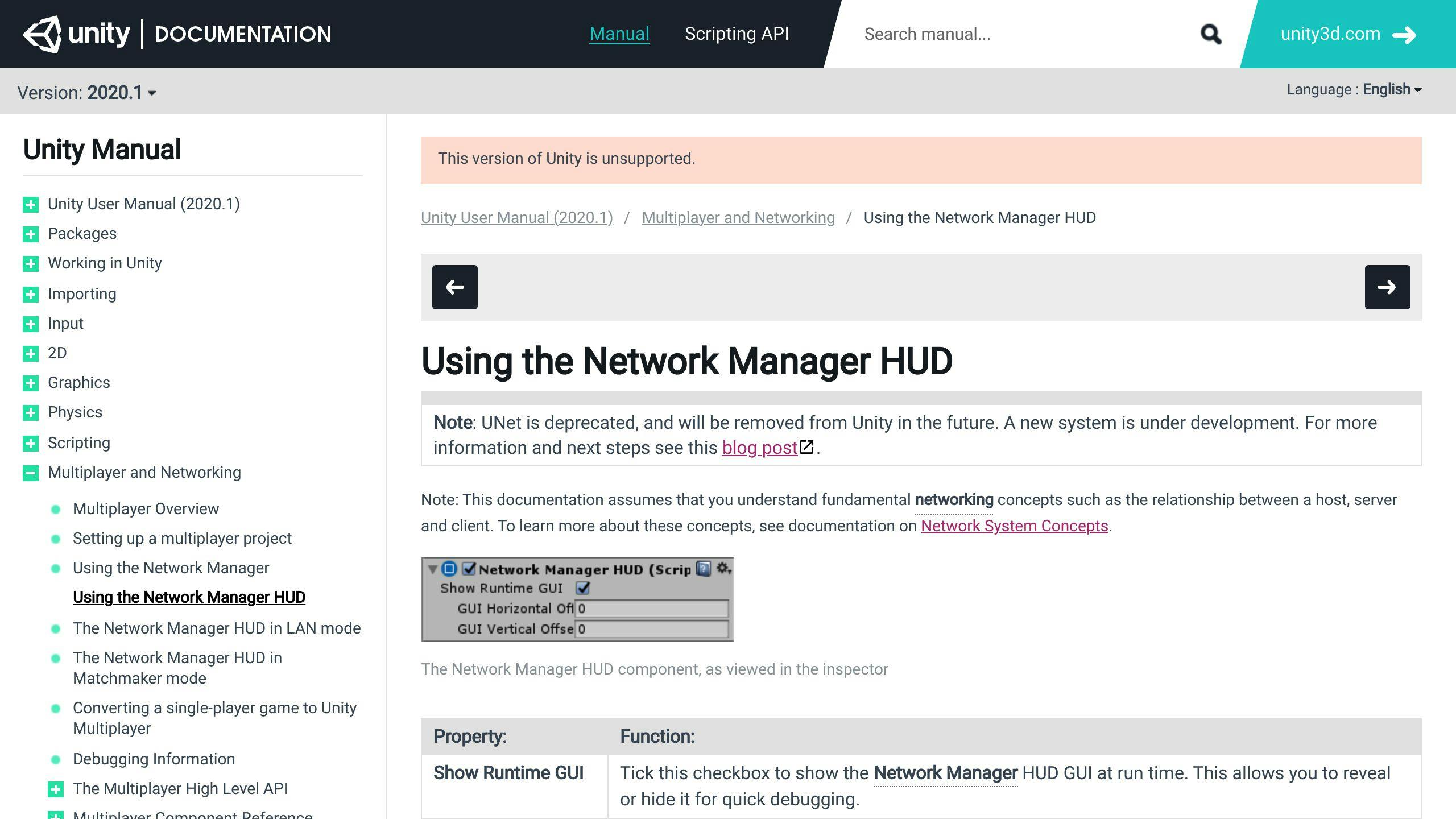Code obfuscation transforms software code into a version that's harder to understand while still functioning the same. This protects intellectual property and prevents unauthorized access by making it difficult for attackers to reverse-engineer the code.
Here are 10 effective code obfuscation techniques:
- Rename Obfuscation: Changes variable, method, and class names to make the code less readable.
- String Encryption: Encrypts sensitive strings in the code to hide important data.
- Control Flow Obfuscation: Alters the program execution order with unnecessary code to confuse attackers.
- Anti-debugging: Detects and responds to debugging attempts, preventing code analysis.
- Code Packing: Compresses and encrypts executable code to prevent reverse-engineering.
- Polymorphism: Changes the code during each compilation to invalidate previous analysis.
- Metamorphism: Constantly changes the code structure and appearance to stay ahead of attackers.
- Virtualization: Transforms code into instructions for virtual machines, obscuring the original logic.
- Data Flow Obfuscation: Complicates data structures and transformations to hide program intent.
- Debug Obfuscation: Hides debug information like identifiers and line numbers.
TechniqueEffectivenessPerformance ImpactEase of ImplementationCompatibilityRename ObfuscationMediumLowEasyHighString EncryptionHighLowMediumHighControl Flow ObfuscationHighMediumMediumMediumAnti-debuggingHighLowMediumHighCode PackingHighMediumMediumMediumPolymorphismHighMediumHardMediumMetamorphismVery HighMediumHardMediumVirtualizationVery HighHighHardLowData Flow ObfuscationMediumLowMediumHighDebug ObfuscationMediumLowEasyHigh
No single technique offers complete protection, so using a combination of methods is recommended for robust software security.
Related video from YouTube
1. Rename Obfuscation
Rename obfuscation involves changing the names of variables, methods, and classes to make the code harder to understand. This helps protect software from being reverse-engineered.
Effectiveness against reverse-engineering
Rename obfuscation makes it tough for attackers to understand the code. By changing names, the code becomes less readable, making it hard to figure out the logic and functionality.
Performance impact
Rename obfuscation has little impact on performance. It only changes names, so it doesn't affect how the code runs. This makes it suitable for high-performance applications.
Ease of implementation
Rename obfuscation is easy to implement. It can be done manually or with automated tools. Many programming languages and development environments have built-in features for renaming.
Compatibility
Rename obfuscation works with most programming languages and development environments. It can be used in mobile apps, web applications, and desktop applications.
AspectDetailsEffectivenessMakes code less readable, hard to reverse-engineerPerformance ImpactMinimal, does not affect code executionEase of ImplementationEasy, can be done manually or with toolsCompatibilityWorks with most programming languages and environments
2. String Encryption
Effectiveness against reverse-engineering
String encryption hides sensitive data in your code. By encrypting strings, attackers find it hard to read and misuse your data. This is useful for protecting secrets and important information.
Performance impact
String encryption has a small impact on performance. The process is quick and doesn't slow down your code much. This makes it good for apps that need to run fast.
Ease of implementation
String encryption is easy to set up. Many programming languages have built-in tools for encryption. You can also find libraries to help with this task.
Compatibility
String encryption works with most programming languages and environments. You can use it in mobile apps, web apps, and desktop apps.
AspectDetailsEffectivenessHides sensitive data from attackersPerformance ImpactSmall, doesn't slow down code muchEase of ImplementationEasy, with built-in tools and librariesCompatibilityWorks with most languages and environments
3. Control Flow Obfuscation
Control flow obfuscation changes the order of program execution to confuse hackers. It adds unnecessary case-switch statements, also known as dead code, that are never executed. These statements only serve to confuse potential hackers.
Effectiveness against reverse-engineering
Control flow obfuscation is effective in protecting your code from reverse-engineering. By altering the control flow, it becomes challenging for attackers to understand how the code works, making it harder for them to exploit vulnerabilities or steal sensitive information.
Performance impact
The performance impact of control flow obfuscation is minimal. The added complexity does not significantly affect execution speed or memory usage, making it a viable option for protecting your code without compromising performance.
Ease of implementation
Implementing control flow obfuscation can be complex, especially for large codebases. However, many programming languages and development tools provide built-in support for code obfuscation, making it easier to implement. Additionally, there are various libraries and tools available that can help simplify the process.
AspectDetailsEffectivenessMakes it difficult for hackers to understand code intentPerformance ImpactMinimal, does not significantly affect execution speed or memory usageEase of ImplementationCan be complex, but many languages and tools provide built-in support
4. Anti-debugging
Anti-debugging is a technique that detects and responds to debugging attempts. This makes it hard for hackers to analyze the code using debugging tools, protecting the software's intellectual property.
Effectiveness against reverse-engineering
Anti-debugging is very effective in stopping reverse-engineering. By detecting and responding to debugging attempts, it makes it hard for hackers to understand the code's behavior, making it difficult for them to find vulnerabilities or steal information.
Performance impact
The performance impact of anti-debugging is minimal. The added complexity does not significantly affect execution speed or memory usage, making it a good option for protecting your code without slowing it down.
Ease of implementation
Implementing anti-debugging techniques can be complex, especially for large codebases. However, many programming languages and development tools provide built-in support for anti-debugging, making it easier to implement. Additionally, there are various libraries and tools available that can help simplify the process.
AspectDetailsEffectivenessVery effective in stopping reverse-engineeringPerformance ImpactMinimal, does not significantly affect execution speed or memory usageEase of ImplementationCan be complex, but many languages and tools provide built-in support
5. Code Packing
Code packing compresses and encrypts executable code, making it hard for hackers to reverse-engineer or analyze it. This helps protect software and prevent unauthorized access.
Effectiveness against reverse-engineering
Code packing is very effective in stopping reverse-engineering. By compressing and encrypting the code, it becomes hard for hackers to understand its behavior, making it tough to find weaknesses or steal information.
Performance impact
The performance impact of code packing is minimal. The added complexity does not significantly affect execution speed or memory usage, making it a good option for protecting your code without slowing it down.
Ease of implementation
Implementing code packing can be complex, especially for large codebases. However, many programming languages and development tools provide built-in support for code packing, making it easier to implement. Additionally, there are various libraries and tools available that can help simplify the process.
AspectDetailsEffectivenessVery effective in preventing reverse-engineeringPerformance ImpactMinimal, does not significantly affect execution speed or memory usageEase of ImplementationCan be complex, but many languages and tools provide built-in support
6. Polymorphism
Effectiveness against reverse-engineering
Polymorphism makes it hard for attackers to use gathered information. By changing the code during each compilation, the result is different every time, even if the source code stays the same. This forces attackers to start from scratch for every build.
Performance impact
Polymorphism has minimal impact on performance. Since the code changes during compilation, execution speed and memory usage remain unaffected.
Ease of implementation
Implementing polymorphism can be complex, especially for large codebases. However, using a mix of techniques like code encryption, compression, and anti-debugging can help. Many development tools and programming languages also support polymorphism.
AspectDetailsEffectivenessMakes it hard for attackers to use gathered informationPerformance ImpactMinimal, does not affect execution speed or memory usageEase of ImplementationCan be complex, but many tools and languages support it
sbb-itb-8abf120
7. Metamorphism
Effectiveness against reverse-engineering
Metamorphic code is very effective against reverse-engineering. It constantly changes its structure and appearance, making it hard for attackers to analyze and understand. Even if an attacker manages to reverse-engineer the code, the information will be outdated and useless, as the code will have already changed.
Performance impact
The performance impact of metamorphism is minimal. The code changes occur during compilation, so execution speed and memory usage remain unaffected. This makes metamorphism a good technique for protecting code without slowing it down.
Ease of implementation
Implementing metamorphism can be complex, especially for large codebases. However, using a combination of techniques like code encryption, compression, and anti-debugging can help. Many development tools and programming languages also support metamorphism, making it easier to implement.
AspectDetailsEffectivenessVery effective against reverse-engineeringPerformance ImpactMinimal, does not affect execution speed or memory usageEase of ImplementationCan be complex, but many tools and languages support it
8. Virtualization
What is Code Virtualization?
Code virtualization is a technique that protects software by transforming code into instructions for virtual machines. Unlike other methods, it doesn't restore the original code in memory.
Effectiveness against Reverse-Engineering
Code virtualization is very effective against reverse-engineering. The virtual machine instructions are unique and randomized, making it hard for attackers to understand the code.
Performance Impact
The performance impact is minimal. The transformation happens during compilation, so execution speed and memory usage are not affected.
Ease of Implementation
Implementing code virtualization can be complex, especially for large codebases. However, many tools and programming languages support it, making the process easier.
AspectDetailsEffectivenessVery effective against reverse-engineeringPerformance ImpactMinimal, does not affect execution speed or memory usageEase of ImplementationCan be complex, but many tools and languages support it
9. Data Flow Obfuscation
Data flow obfuscation targets the data structures in the code, making it hard for hackers to understand the program's intent. This technique changes how data is stored, interpreted, and transformed within the program.
Effectiveness against Reverse-Engineering
Data flow obfuscation is effective because it complicates the relationships between different parts of the code. By altering data structures and transformations, attackers face a complex web of data flows that are hard to decipher.
Performance Impact
The performance impact is minimal. Since the obfuscation happens at the code level, the program's execution speed and memory usage remain unaffected.
Ease of Implementation
Implementing data flow obfuscation can be complex, especially for large codebases. However, many tools and programming languages support this technique, making it easier to apply.
AspectDetailsEffectivenessEffective against reverse-engineeringPerformance ImpactMinimal, does not affect execution speed or memory usageEase of ImplementationCan be complex, but many tools and languages support it
10. Debug Obfuscation
Effectiveness against Reverse-Engineering
Debug obfuscation hides debug information like identifiers and line numbers. This makes it harder for attackers to understand the program flow and find vulnerabilities.
Performance Impact
The performance impact is minimal. The obfuscation process may add a slight overhead, but it doesn't affect the core execution logic.
Ease of Implementation
Implementing debug obfuscation can vary. Many modern tools support it, making it easier to apply. However, some cases may require manual changes to the code or build process.
Compatibility
Debug obfuscation works with many programming languages and platforms. However, ensure it doesn't interfere with debugging or diagnostic tools needed during development or maintenance.
AspectDetailsEffectivenessHides debug information, making reverse-engineering harderPerformance ImpactMinimal, slight overhead but no effect on core logicEase of ImplementationVaries, many tools support it but may need manual changesCompatibilityWorks with many languages and platforms, ensure it doesn't break debugging tools
Comparing Obfuscation Methods
Code obfuscation techniques differ in how well they protect, their impact on performance, ease of use, and compatibility. Here's a comparison of the 10 techniques discussed:
TechniqueEffectivenessPerformance ImpactEase of ImplementationCompatibilityRename ObfuscationMediumLowEasyHighString EncryptionHighLowMediumHighControl Flow ObfuscationHighMediumMediumMediumAnti-debuggingHighLowMediumHighCode PackingHighMediumMediumMediumPolymorphismHighMediumHardMediumMetamorphismVery HighMediumHardMediumVirtualizationVery HighHighHardLowData Flow ObfuscationMediumLowMediumHighDebug ObfuscationMediumLowEasyHigh
Effectiveness: How well the technique protects against reverse-engineering.
Performance Impact: The overhead added to code execution.
Ease of Implementation: The difficulty of integrating the technique.
Compatibility: How well the technique works with different programming languages and frameworks.
This table helps developers pick the best obfuscation method based on security, performance, and ease of use.
Summary
Code obfuscation is a way to protect software from being reverse-engineered or accessed without permission. By using a mix of the 10 techniques discussed, developers can make their software more secure. No single method can offer complete protection, so using multiple techniques together is key.
In this article, we covered:
- Rename obfuscation
- String encryption
- Control flow obfuscation
- Anti-debugging
- Code packing
- Polymorphism
- Metamorphism
- Virtualization
- Data flow obfuscation
- Debug obfuscation
Each technique has its pros and cons. Developers should choose based on their project's needs.
Benefits of Code Obfuscation
By using code obfuscation, developers can:
- Protect their intellectual property
- Prevent reverse-engineering
- Improve software security
- Meet industry standards
Comparison of Techniques
Here's a quick comparison of the techniques:
TechniqueEffectivenessPerformance ImpactEase of ImplementationCompatibilityRename ObfuscationMediumLowEasyHighString EncryptionHighLowMediumHighControl Flow ObfuscationHighMediumMediumMediumAnti-debuggingHighLowMediumHighCode PackingHighMediumMediumMediumPolymorphismHighMediumHardMediumMetamorphismVery HighMediumHardMediumVirtualizationVery HighHighHardLowData Flow ObfuscationMediumLowMediumHighDebug ObfuscationMediumLowEasyHigh
Effectiveness: How well the technique protects against reverse-engineering.
Performance Impact: The overhead added to code execution.
Ease of Implementation: The difficulty of integrating the technique.
Compatibility: How well the technique works with different programming languages and frameworks.
This table helps developers pick the best obfuscation method based on security, performance, and ease of use.
FAQs
What is general method of program code obfuscation?
Code obfuscation hides a program's details from attackers. It transforms the code into a version that is harder to understand but still works the same. This makes it difficult for hackers to reverse-engineer the code, protecting intellectual property and preventing unauthorized access.
What is the disadvantage of code obfuscation?
Code obfuscation can make code harder to read and debug. For example, string encryption requires decrypting strings at runtime, which can slow performance. Additionally, obfuscated code can be challenging for developers to understand and debug.
AspectDisadvantageReadabilityMakes code harder to readPerformanceDecryption at runtime can slow performanceDebuggingHarder for developers to debug obfuscated code

.png)










